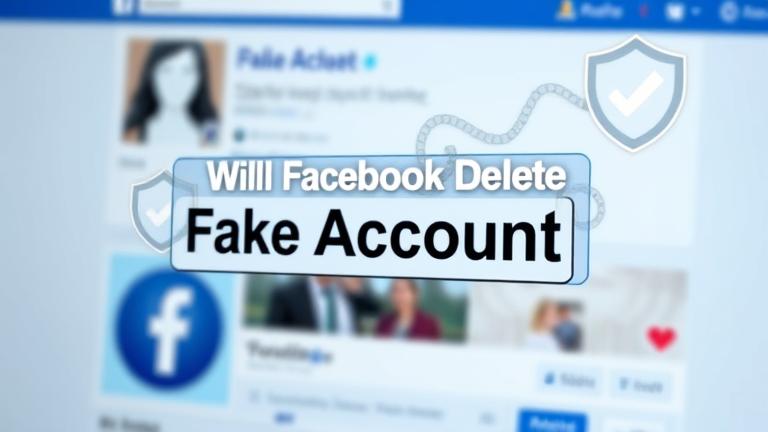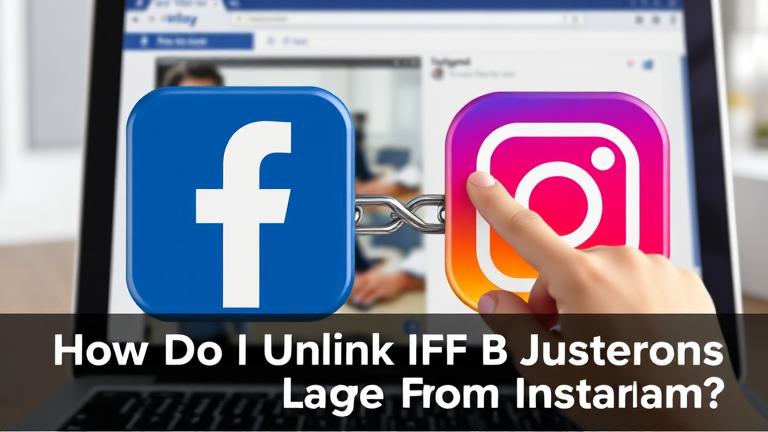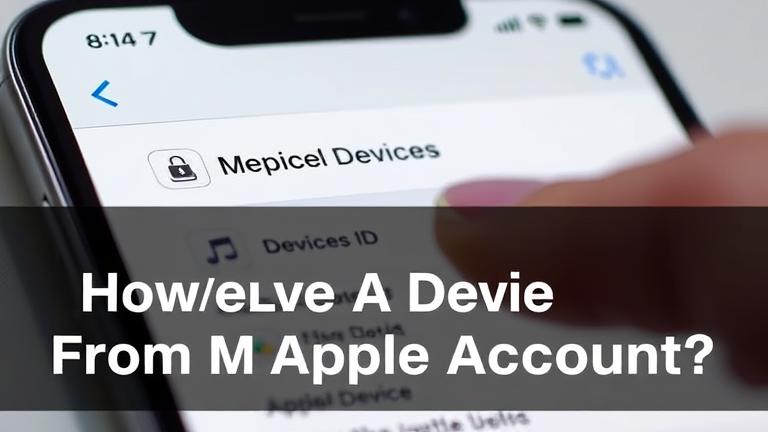How Facebook Detects and Eliminates Fake Accounts
Facebook has implemented a comprehensive strategy to combat the proliferation of fake accounts, leveraging cutting-edge technology and rigorous policies to ensure a safer and more authentic social media environment. Central to these efforts are advanced artificial intelligence (AI) and machine learning algorithms that continuously analyze user activity and profile information to identify suspicious behavior indicative of fake or malicious accounts.
Automated Detection Systems
At the heart of Facebook’s anti-fake account initiatives are automated detection systems powered by machine learning. These systems scrutinize behavioral patterns, such as abnormal sending of friend requests, quick profile creation, inconsistent profile details, and unusual engagement activities that are characteristic of fake profiles. For example, algorithms are trained to detect signs like high-frequency friend requests or rapid profile updates, which deviate from typical user behavior (Source 1).
Image Recognition and Verification Tools
Facebook also employs sophisticated image recognition technologies to evaluate profile pictures. These tools assess the authenticity of images by detecting signs of AI-generated photos or stolen images, helping to identify fake profiles that use manipulated or stolen images to appear genuine.
Behavioral Analytics and Community Insights
Behavioral analytics further enhance the platform’s ability to detect fake profiles. Monitoring user interactions, messaging habits, posting frequencies, and connections allows Facebook to flag accounts that exhibit abnormal or suspicious patterns. Additionally, user and community reports serve as valuable input, enabling human reviewers to investigate flagged profiles more thoroughly (Source 2).
Manual Review and Continuous Model Updates
When automated systems highlight suspicious accounts, those profiles undergo manual review by trained teams. Reviewers examine account histories, connections, and reported activities to determine legitimacy. Facebook also continually refines its machine learning models by feeding them large datasets, allowing the algorithms to adapt swiftly against evolving tactics used by malicious actors (Source 3).
Ongoing Challenges and Future Outlook
Despite these robust measures, the challenge of fake accounts persists, as bad actors continually adapt their methods to bypass detection systems. While Facebook’s efforts have led to the removal of millions of fake profiles annually, critics argue that no system is foolproof, and continuous improvements are necessary (Source). The future of social media verification envisions increasingly advanced AI, biometric verification, and blockchain-based identities that could make impersonation and fake accounts nearly impossible. Moreover, user education and community participation remain crucial in maintaining platform integrity. Collaborative efforts among tech giants and regulatory bodies aim to establish standardized verification protocols that prioritize authenticity, ultimately creating a social media space where fake accounts are obsolete.
Sources
- Deletingsolutions – How Do I Delete a Google Account From My MacBook?
- IGN – Of Ash And Steel Is a Charmingly Old-School Fantasy Adventure
- IGN – Plan B Terraform Official Release Date Trailer
- IGN – Return from Core Official Version 10 Launch Trailer
- Forbes – The Future of Digital Identity and Social Media Security




















